Timing of K application for corn and soybean production
Study author(s): Daniel Kaiser, University of Minnesota
Years of study: 2022-2023
Location(s): Crookston MN, Rosemount MN, Lamberton MN, Rochester, MN
Important: for the complete report, including all tables and figures, please download using the links to the right.
Summary
- Potassium application rate and timing had inconsistent impacts on corn leaf and soybean trifoliate K concentration. When significant, leaf K concentration tended to increase linearly with increasing K application rate.
- Leaf Cl concentration was increased greater with spring application of potash fertilizer. Fall application either did not increase or only slightly increased Cl concentration. Results though 2022 show that increased Cl concentration in the leaf tissue did not result in decreased corn yield.
- Corn grain yield was increased with K application at two corn and two soybean locations. Time of K application seldom, if ever, affected corn grain yield. Corn grain yield was maximized when 80 lbs K2O was applied across locations.
- Soybean grain yield was significantly lower when K was applied in spring. Across locations, soybean grain yield was not increased by K fertilizer but was 1 bushel per acre less when K rates were applied in spring. The amount of K that could be applied ahead of soybean, and not reduce yield, could not be clearly determined.
- Seed K concentration and K removal with harvested corn or soybean grain were inconsistently impacted by K application rate and timing.
- Soybean seed protein and oil concentration were not impacted by K application rate or timing.
